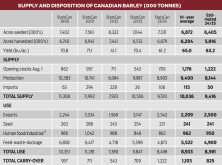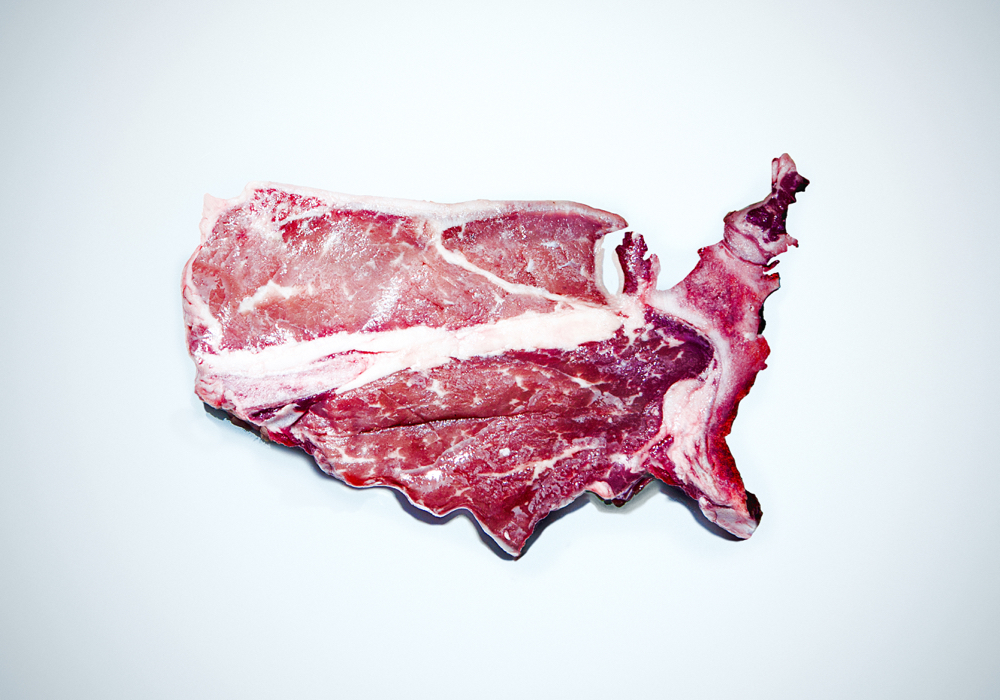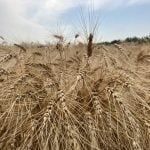Fed cattle
Fed cattle prices struggled through the fourth quarter of 2022. Front-end supplies were expected to be cleaned up before holiday demand and buying took place. However, fed sellers still struggle with front-end supply and now large fed carcass weights just keep adding pounds that need to be marketed before getting ahead of the market-ready supply. In addition, a large supply of cull cows have been competing for hook space throughout the fall run.
The fed cattle price slowly started to improve last month, increasing $2.50/cwt in the first half of December. The mid-December fed steer average in Alberta was $185.53/cwt, $28.18/cwt higher than a year ago and $48.43/cwt ahead of the same time in 2020. While prices are higher than in recent years, so are breakeven levels, leaving feedlots with negative margins.
Read Also

The Canadian Cattle Association’s international advocacy efforts
Global ag policies affect Canadian food policy, so the Canadian Cattle Association participates in international and domestic forums
Basis levels keep weakening. The average fed cash-to-cash basis currently is -$28.04/cwt, $15.86/cwt wider than a year ago. Compared to the five-year average, the basis is back nearly $23/cwt which equates to a difference of $330/head.
Fed cattle slaughter is larger overall; however, steer slaughter to December 3 is down three per cent at 1,667,009 head, while heifer kill is up five per cent to 941,548 head. Fed cattle exports, including cows, were running 10 per cent ahead of a year ago at 444,438 head at the end of November.
Deb’s outlook for fed cattle: Boxed beef supplies are ample, and packers comfortably bought ahead, which should keep prices mostly steady at the start of 2023. Further out, live cattle futures support a good spring fed-cattle market. In addition, fundamentals point towards tighter supplies and a stronger market in North America through the first half of 2023. Although the price outlook is positive, there are other factors at play that may affect the market and warrant caution. Beef demand will need to be closely monitored as a slower economy and declining household income may pressure the market.
Feeder cattle
Considering feed grain costs, the feeder market held on well throughout the fall run. Certain weight classes that can see a hedgeable profit remained in demand while other weight classes pulled back slightly to avoid the typically sluggish summer market. Calves held within a small trading range from mid-September to mid-December. The 550-lb. feeder steer average traded from $265/cwt to $273/cwt. The 550-lb. average in December was $271.63/cwt, a $61.03/cwt improvement when compared to a year earlier.
Fall run sales had tapered off at the time of writing. Smaller sales still taking place were reporting pre-conditioned calves selling for a premium to freshly weaned calves at auction. Although still at record-high levels, the 850-lb. feeder price levelled off and saw some downside. The 850-lb. steer prices climbed to a high in September of $242.95/cwt and held in the upper $230/cwt level for several weeks this fall. The end of November saw prices dip as low as $228.17/cwt. However, since then they have started to rebound. The second week of December saw an average price of $231.17/cwt. The December average sits $50.07/cwt higher than the same week in 2021. The average 850lb basis is -$18.08/cwt which is $9.51/cwt stronger than the wide winter basis of 2021 but $14.76/cwt weaker than two years ago.
Despite a weaker Canadian dollar, feeder cattle exports slowed through the fall. As of Nov. 26, total exports were still 51 per cent more than a year ago at 188,756 head. While the fall saw slower feeder exports, calf import increased to put Canada into a net importer position once again.
Deb’s outlook for feeder cattle: An ample supply of fed cattle and record-large fed carcasses suggest limited upside for the cull market in the coming weeks. However, in the new year, eventually fed supplies will tighten and cow demand will increase. A slower economy encourages buyer shifts to more affordable grind and trim cuts which will support the non-fed market. Cows that have been placed on feed through the fall run will surface again in the new year; however, the market should be able to handle additional supply at that point. Look for improvement in the cull cow and bull prices through the first quarter of 2023.
Non-fed cattle
Fall run cow kill numbers remained large through November and the start of December, pressuring the D1,2 market. The average price in Western Canada in mid-December was $82.08/cwt. While that is still $10.58/cwt higher than the same week in 2021, the average price lost more than $22/cwt in the previous eight weeks. Cow kill in Canada the first week of December was 12,923 head, which was the largest cow kill week since February 2019. Total cow kill as of December 3 was nine per cent ahead of last year at 424,565 head.
Bull prices remained under pressure, averaging $115.93/cwt on Dec. 9, which is $15/cwt lower than just two months ago but still $17/cwt higher than the same week in 2021. Bull slaughter in Canada was down two per cent to 14,631 head. Butcher bull export demand remained strong, with the exports to the end of November totalling 30,585 head, up 15 per cent from the first eleven months of 2021.
Deb’s outlook for non-fed cattle: Once the current fed cattle front- end supply has been marketed, demand for calves to fill pens and grasser needs will support the spring market. Looking into the first quarter and spring sales of 2023, the grass cattle market should strengthen as smaller supply coupled with an anticipated stronger fed market and the first signs of green grass should have buyers eager to fill summer pastures.
















